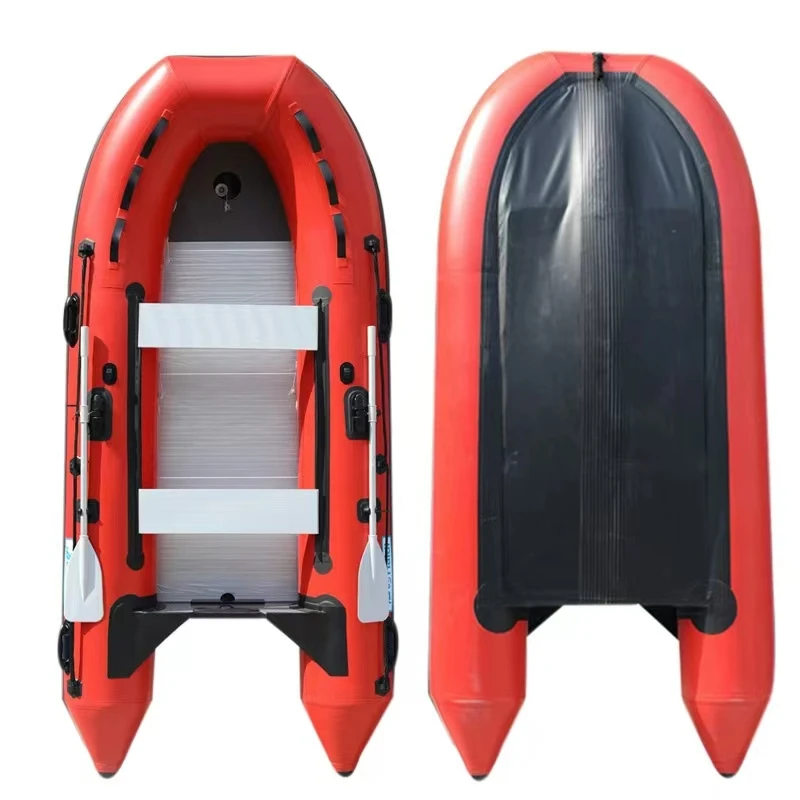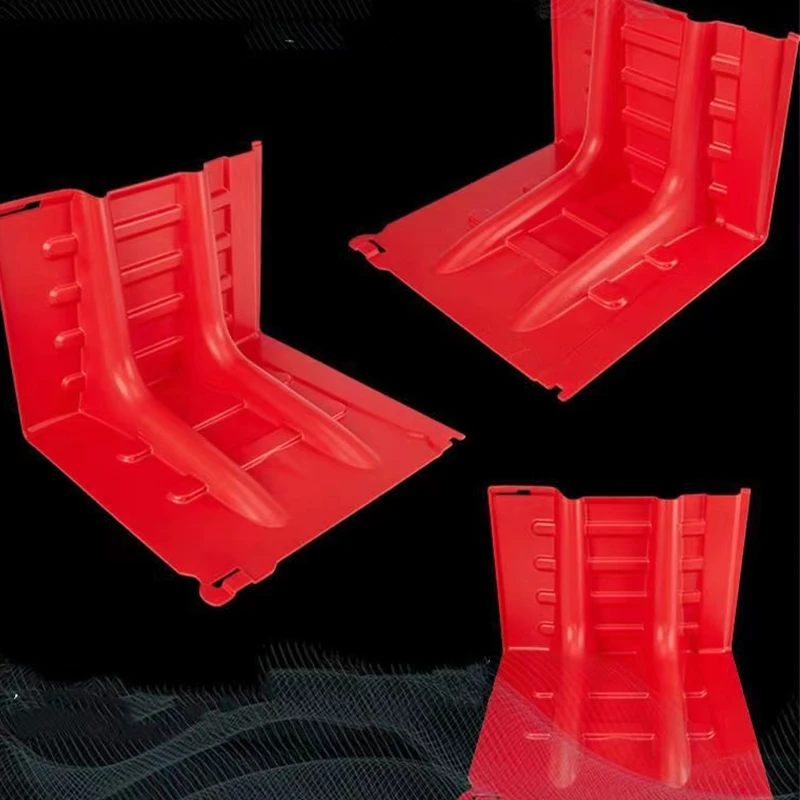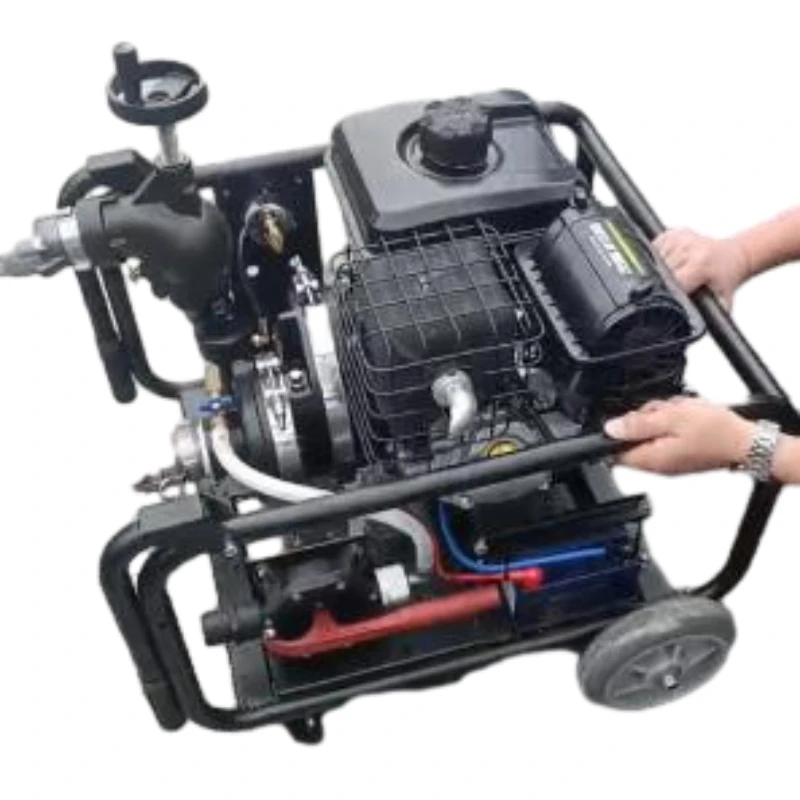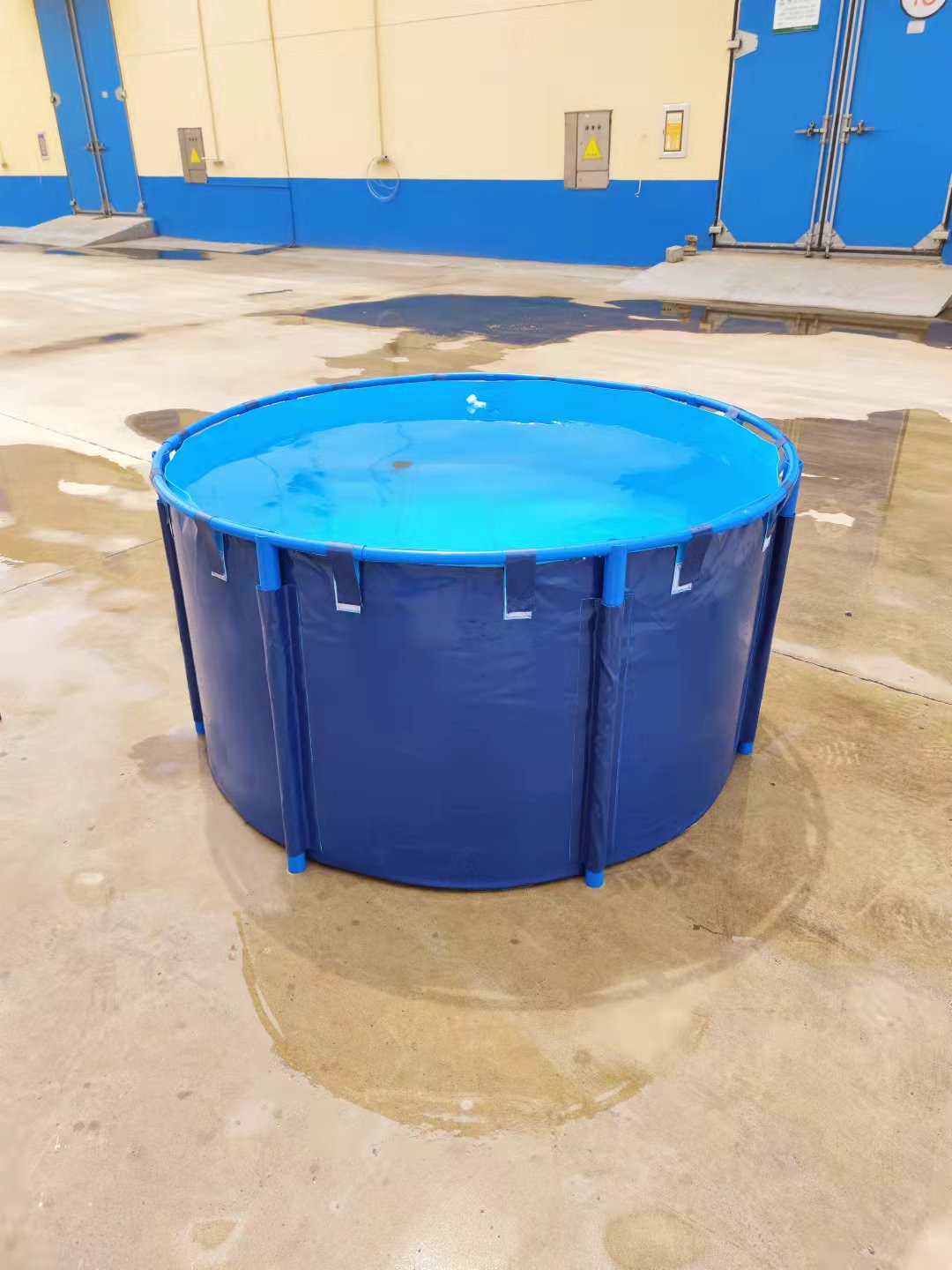Field Notes on the Fire Fighting Knapsack: What Pros Actually Use on the Line
I’ve hauled gear up ridges and through smoke columns enough times to know: the humble backpack pump can make or break early attack. Lately, crews keep asking about the newer, lighter designs—and, to be honest, I’ve been curious too. Below is what I’ve learned from factory walk-throughs, user debriefs, and a couple of dusty field days.
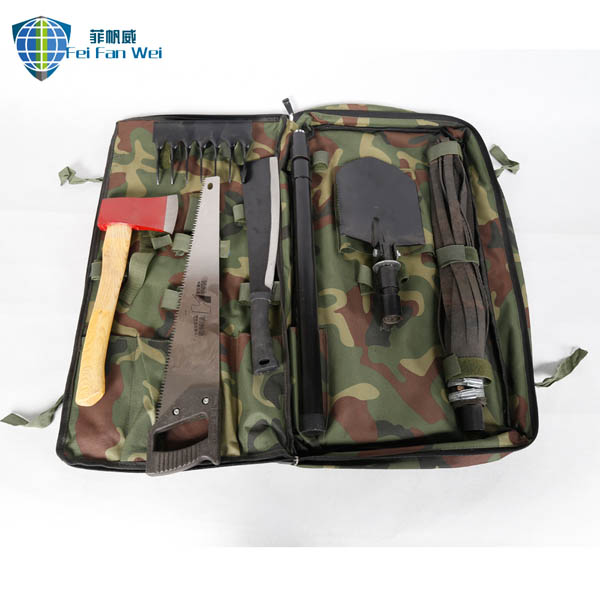
Industry trends (and what actually matters)
- Weight down, ergonomics up: TPU-coated fabrics and contoured harnesses are the norm.
- Modular nozzles and filters: quick swaps for fog/straight stream; better grit management.
- Standards-aware design: tested against ISO 19932 for knapsack sprayers; some makers target USFS 5100-614 backpack bag benchmarks; compatibility with NFPA 1977 gear expectations.
- More customization, shorter lead times—surprisingly, even with global shipping.
Product snapshot and specs
Built in Hebei, China (No.118 Youyi Street, Xinhua Dist., Shijiazhuang), this unit’s standout is the connecting rod: two links, adjustable length, can be used in any combination. It sounds simple; in practice, it’s a fatigue-saver on long shifts.
| Parameter | Spec (≈, real-world use may vary) |
|---|---|
| Product | Fire Fighting Knapsack |
| Tank capacity | 18–20 L |
| Tank material | TPU-coated nylon or HDPE (rotomolded option) |
| Pump | Double-acting hand pump, SS304 shaft |
| Nozzle | Brass adjustable (fog/straight), 1.5–6 mm orifice |
| Delivery per stroke | ≈0.45–0.50 L |
| Spray range | ≈10–12 m (still air) |
| Harness | Padded, breathable, quick-release chest/waist |
| Connecting rod | Two links, adjustable length; combinable |
| Dry weight | ≈3.5–4.2 kg |
Materials, build, and testing
Methods: fabric cutting and HF welding (TPU), or rotational molding (HDPE). Stainless pump components are CNC-finished; brass nozzles are machined then passivated. Acceptance tests include hydrostatic tank test (≈30 kPa for 30 min, no leaks), salt-fog on metal parts (ISO 9227, 24–48h screening), and flow/range checks following ISO 19932 protocols. Expected service life: 5–7 years with quarterly inspection and annual seal refresh. I’ve seen units on year eight—if cared for.
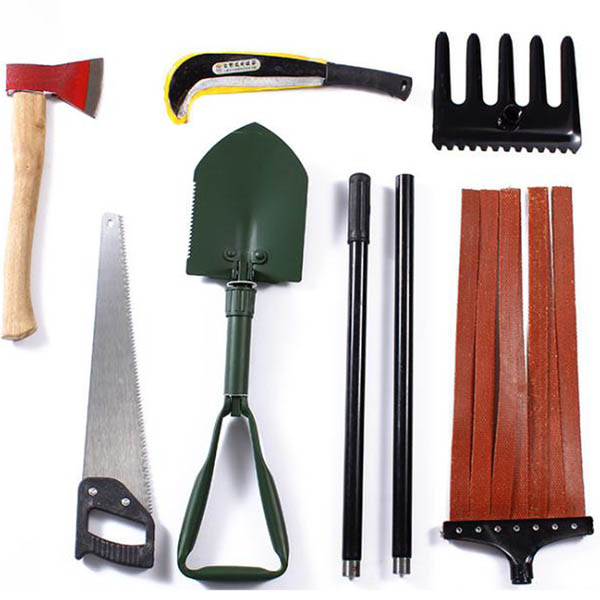
Where it earns its keep
- Wildland initial attack, mop-up, spot fire knockdown
- WUI patrols and ember control around structures
- Mining stockpile hot spots; construction site flare-ups
- Agricultural burns and roadside vegetation control
- Industrial yards, airports’ greenbelts—quick-response teams
Real-world feedback
“The adjustable rod is a small thing that saves shoulders after hour two,” one municipal crew lead told me. Another hotshot mentioned the fog pattern “actually cools and coats,” reducing rekindles during mop-up.
Customization options
Color coding, department logos, alternate nozzle kits, coarse/fine inlet filters, HDPE vs TPU tanks, and—yes—the two-link adjustable connecting rod length. Lead time tends to be short on standard Fire Fighting Knapsack builds; specials add a week or two.
Vendor snapshot (what I’m seeing on quotes)
| Vendor | Certs/Standards | Lead Time | Customization | Notes |
|---|---|---|---|---|
| FFW Fire Safety (Hebei, CN) | ISO 9001; tested vs ISO 19932; aims at USFS 5100-614 criteria | ≈10–18 days | High (logos, nozzles, rod length) | Value pricing; strong spares support |
| Vendor X (US) | Meets USFS 5100-614; NFPA 1977 compatibility | ≈2–4 weeks | Medium | Premium price; widely stocked |
| Vendor Y (EU) | CE-marked; ISO 19932 | ≈3–5 weeks | Medium–High | Excellent ergonomics; pricier shipping |
Case snippets
Forestry brigade, New South Wales: Deployed 24 units during a wind shift; fog pattern reduced ember spread along a fence line. “Less slosh, better control.”
Airport perimeter team, MENA: Used the Fire Fighting Knapsack for brush flare-ups post-maintenance burns. Reported 12 m reach on calm mornings; seals still tight after 6 months.

Compliance and data
Factory QA provided run sheets showing leak-free holds at 30 kPa for 30 minutes across 25 sampled units; flow averaged 0.48 L/stroke (n=25, SD 0.03). Labeling includes serial/lot for traceability. While not PPE, it plays nicely with NFPA 1977 programs and the form factor aligns with USFS 5100-614 expectations for backpack water bags.
References
- NFPA 1977: Standard on Protective Clothing and Equipment for Wildland Fire Fighting – nfpa.org
- USFS Spec 5100-614: Backpack Water Bag (latest rev.) – fs.fed.us
- ISO 19932-1/2: Knapsack sprayers — Safety and performance – iso.org
- ISO 9227: Corrosion tests in artificial atmospheres — Salt spray tests – iso.org









